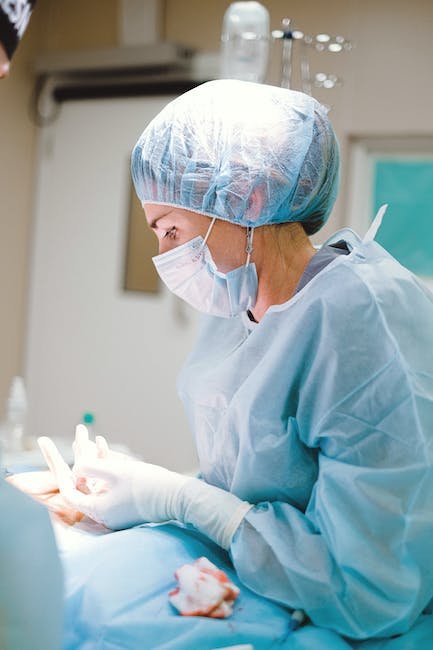Contents
Thyroidectomy Surgery: Different Types, Indications and Health
Thyroidectomy is an operation to remove all or part of the thyroid gland. This surgery is done to treat conditions such as thyroid cancer, goiter (enlargement of the thyroid), hyperthyroidism, nodules and thyroiditis. Thyroidectomy surgery is one of the most commonly performed surgeries today.
Types of Thyroidectomy
- Total Thyroidectomy: This procedure involves the complete removal of the thyroid gland.
- Partial Thyroidectomy: This procedure involves the removal of a part of the thyroid gland.
- Lobectomy: This procedure involves the removal of one or two lobes of the thyroid gland.
- Subtotal Thyroidectomy: This procedure involves the removal of the majority of the thyroid gland, leaving a very small part of the gland intact.
Indications for Thyroidectomy
- Thyroid cancer
- Goiter
- Hyperthyroidism
- Thyroid Nodules
- Thyroiditis
Health Considerations after Thyroidectomy Surgery
After the thyroidectomy surgery, it is important to talk to your doctor about the potential risks and complications associated with the surgery, as well as possible lifestyle changes that may be necessary to maintain good health. It is also important to be aware of the signs and symptoms of thyroid hormone deficiency, which may require supplemental hormone replacement therapy. Additionally, it is important to have regular follow-up appointments with your doctor to monitor for any recurrence of disease or side effects from the surgery.
What are the risks associated with thyroidectomy surgery?
1. Bleeding: Excessive bleeding during surgery is a risk of any surgical procedure.
2. Damage to vocal cords: The surgery involves removing a portion of the thyroid gland and the surrounding structures which can lead to damage to the vocal cord muscles and nerves, resulting in hoarseness or even complete loss of voice.
3. Damage to parathyroid glands: During thyroidectomy, the parathyroid glands that are responsible for maintaining calcium levels in the body can be damaged, resulting in reduced calcium levels.
4. Infection: As with any type of surgery, infection is always a risk. If not treated properly, the infection can spread and result in serious complications including organ damage.
5. Low thyroid hormone levels: Following the surgery, thyroid hormone levels can drop significantly making it necessary to be placed on long-term hormone replacement therapy.
6. Damage to surrounding structures: As the thyroid gland is surrounded by multiple other vital structures such as the trachea and esophagus, there is a risk of damaging these structures during surgery.
7. Swelling or lump in the neck: Swelling or a lump in the neck area may be present after a thyroidectomy. This is caused by the remaining thyroid tissue that may have been left during surgery.
